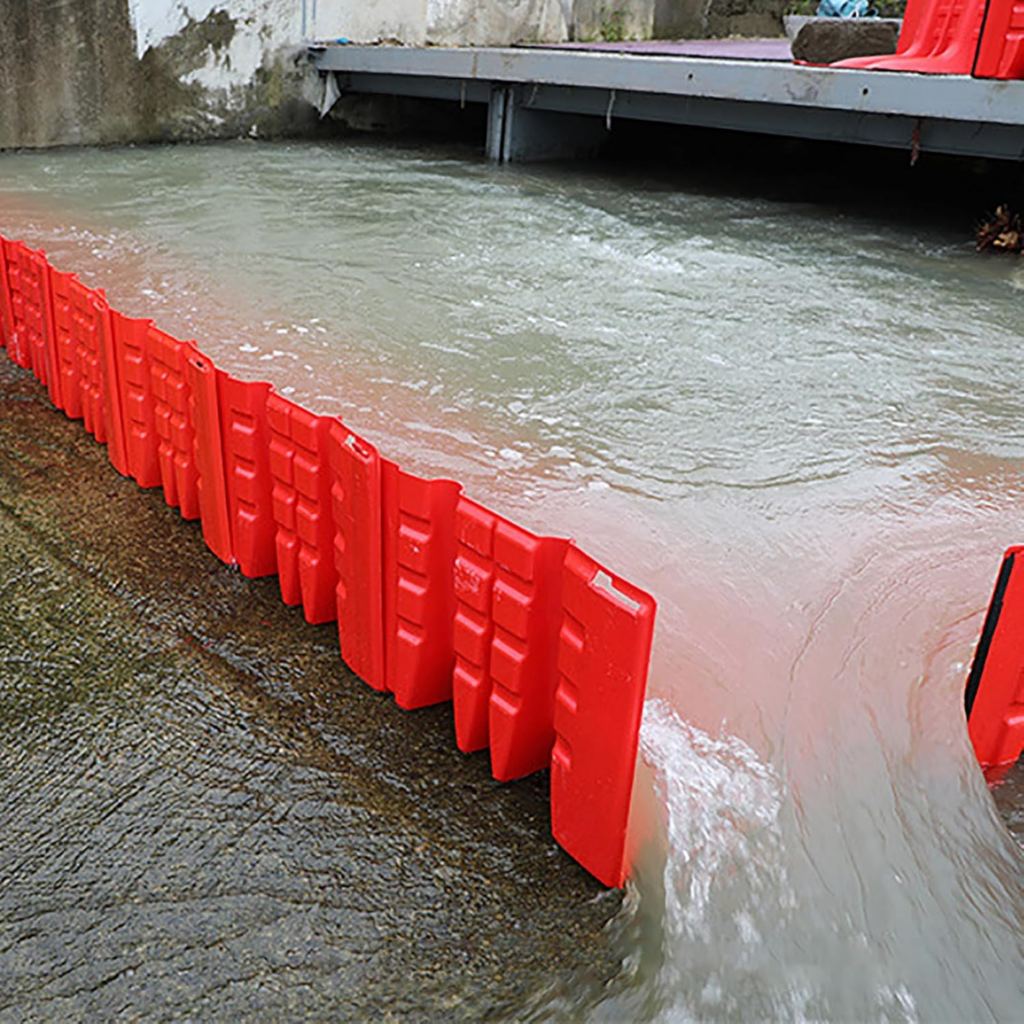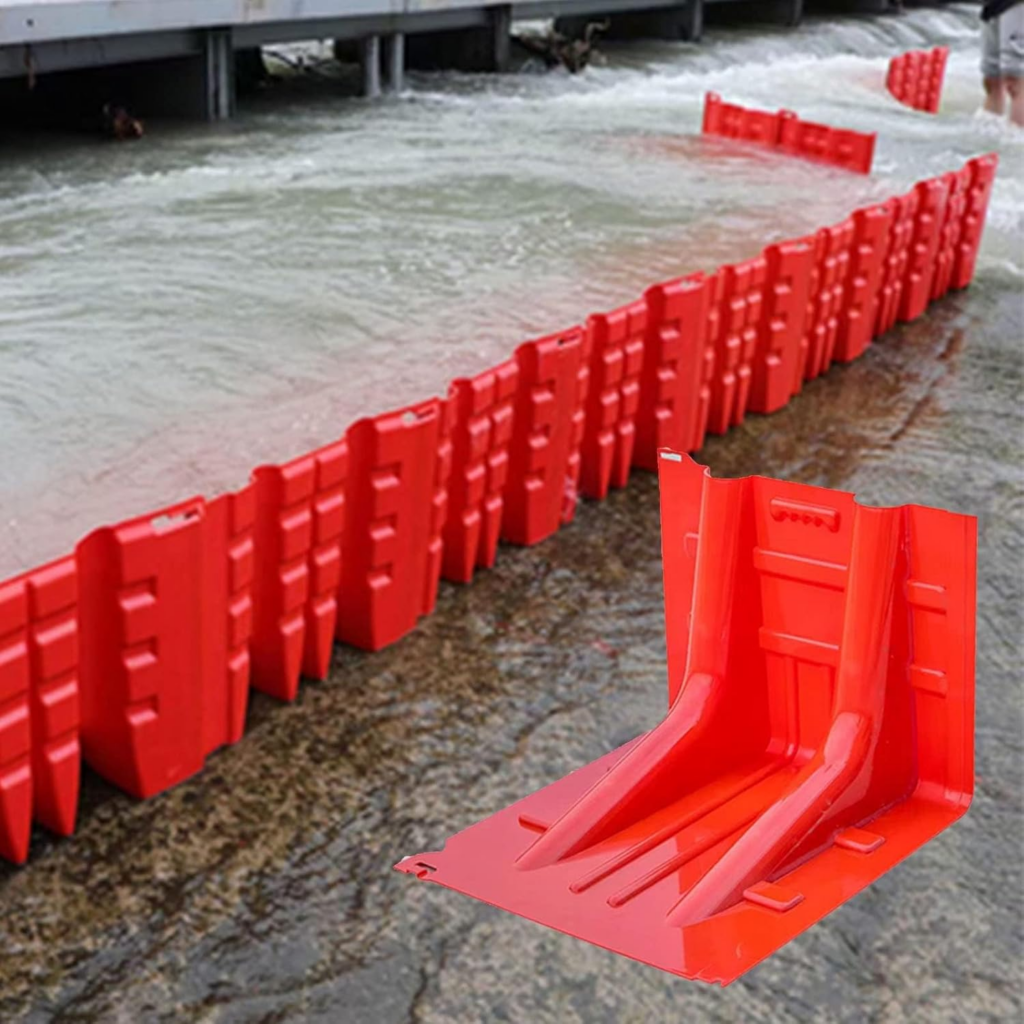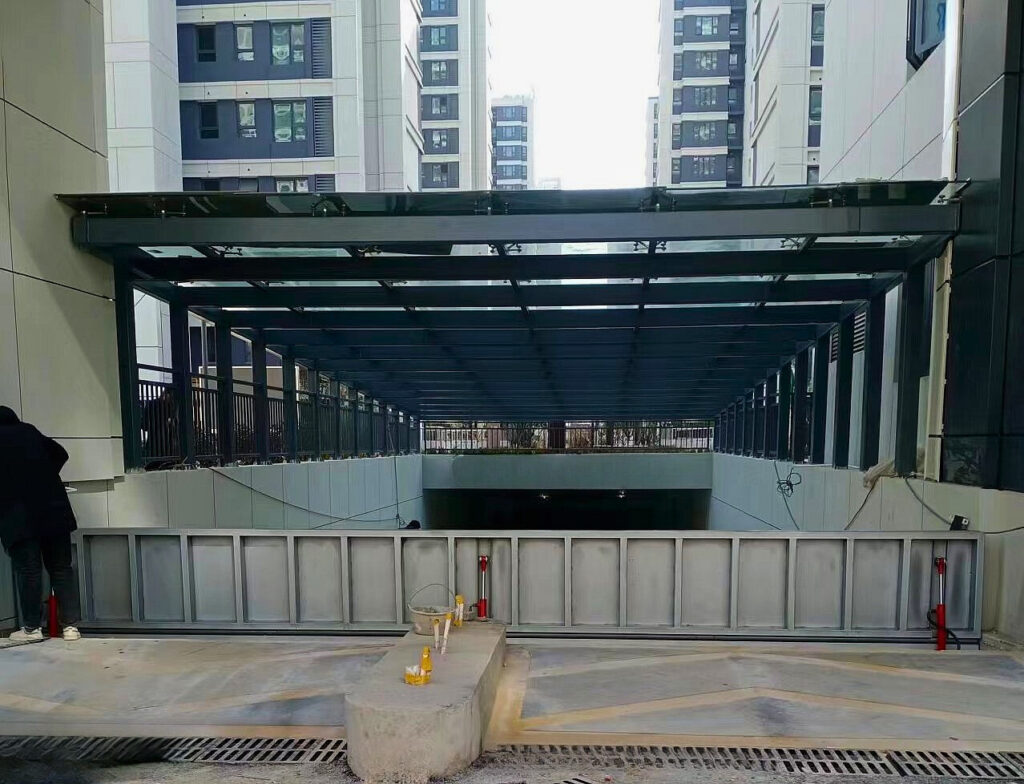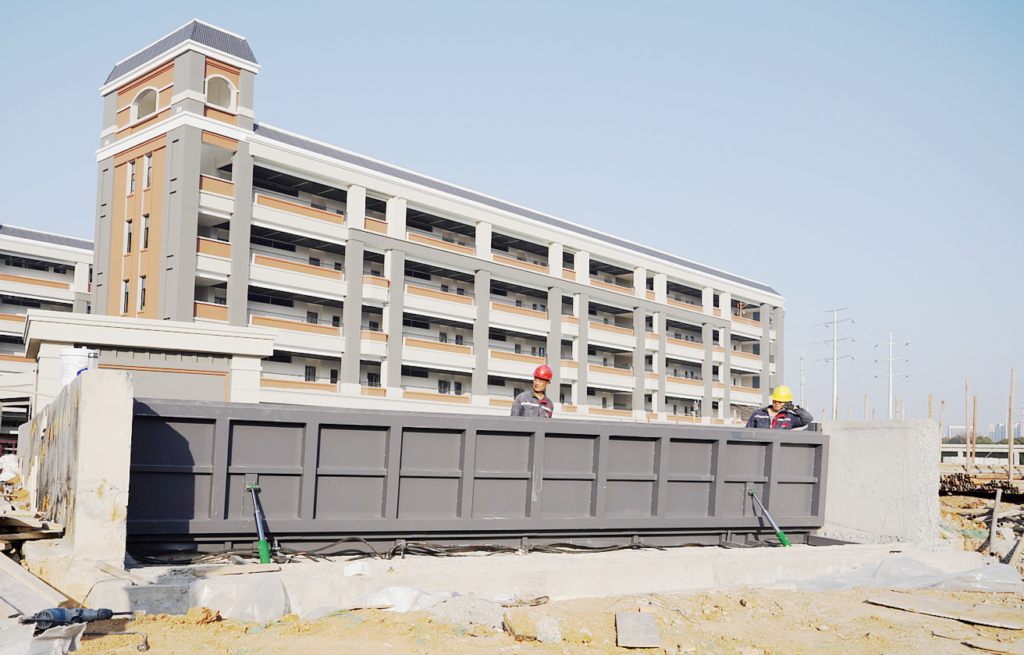Your cart is currently empty!

to read
Strengthening Sydney’s Infrastructure: Implementing Advanced Flood Barriers in Public Transport Systems
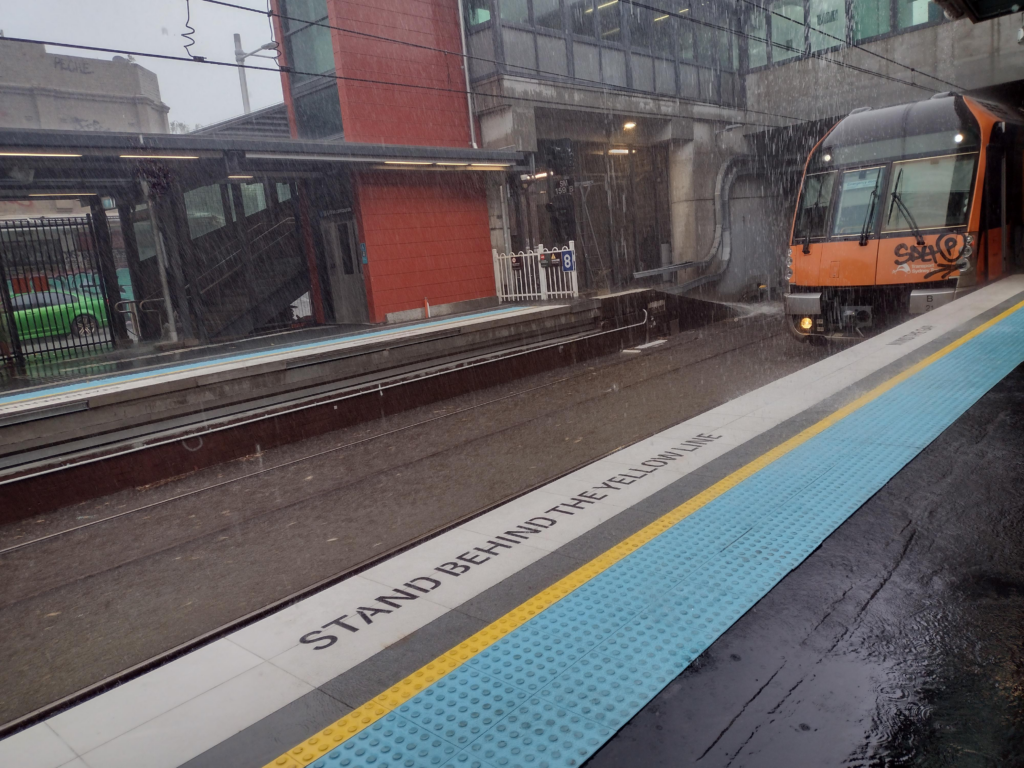
Introduction
Sydney has recently experienced severe weather conditions, leading to significant disruptions across its public transport network. Heavy rainfall resulted in flooding at key train stations, including Town Hall and Bardwell Park, causing delays and safety concerns for commuters. These events highlight the urgent need for robust flood mitigation strategies to protect essential infrastructure and ensure public safety.
The Impact of Recent Flooding Events
In early 2025, Sydney faced torrential rains that overwhelmed drainage systems, leading to flash floods in various parts of the city. Notably, Town Hall station experienced significant flooding, disrupting services and posing hazards to commuters. Similarly, Bardwell Park station was submerged under floodwaters, as captured in a timelapse video. These incidents underscore the vulnerability of Sydney’s transport infrastructure to extreme weather events.
Proposed Solutions: Advanced Flood Barriers
To address these challenges, we recommend the implementation of two advanced flood barrier systems:
1. ABS Portable Flood Barriers
Our ABS Portable Flood Barriers are designed for quick deployment and effective flood prevention. Key features include:
- Superior Material Quality: Constructed with brand-new ABS particles for durability and strength.
- Enhanced Design: L-shaped barriers use water weight to increase stability, ensuring exceptional water-retaining performance.
- Effortless Installation: Simple process involving the insertion of connection mechanisms and adjustable curved plates to accommodate various angles.
These barriers are ideal for protecting entrances to train stations, metro lines, and other vulnerable infrastructure points.
2. Automatic Flood Barrier Systems
Our Intelligent Automatic Flood Control Barriers offer a state-of-the-art solution for safeguarding critical infrastructure with minimal human intervention. Key features include:
- Automated Activation: Barriers lie flat for unobstructed passage and elevate autonomously when flood conditions are detected.
- Durable Composition: Crafted from robust steel with advanced anti-corrosion treatment, ensuring longevity and reliability.
- Intelligent Controls: Equipped with alarm systems and remote operation capabilities for swift, unmanned response.
These systems are particularly suited for entrances to subterranean structures, public transit openings, and industrial facilities.
Benefits of Implementation
Implementing these flood barrier systems offers several advantages:
- Enhanced Safety: Protects commuters and infrastructure from flood-related hazards.
- Operational Continuity: Minimizes service disruptions during extreme weather events.
- Cost Savings: Reduces potential damage costs and associated repair expenditures.
- Compliance: Aligns with government mandates for disaster preparedness and infrastructure resilience.
Conclusion
The recent flooding events in Sydney serve as a stark reminder of the city’s vulnerability to extreme weather conditions. By proactively implementing advanced flood barrier systems, government and council bodies can significantly enhance the resilience of public transport infrastructure, ensuring safety and continuity for all citizens.
For more information on our flood barrier solutions, please visit our product page.
‹ Previous
Next ›
Categories
Latest posts

